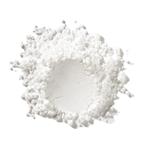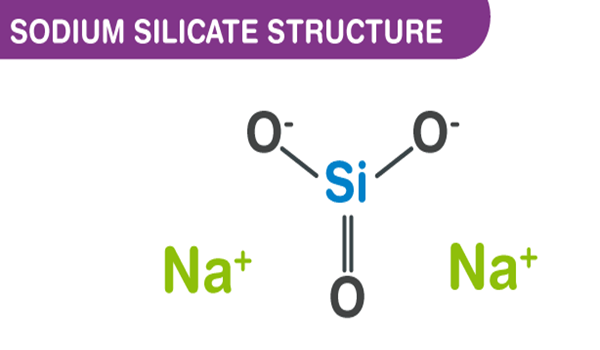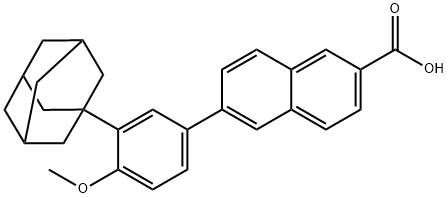Adapalene and tretinoin
Aug 2,2024
Description
Adapalene is a synthetic retinoid available in various topical formulations, including gel, cream, and solution at 0.1% and 0.3% concentrations.

Uses
As a third-generation anti-inflammatory retinoid, topical adapalene is among the best-tolerated topical retinoids, including when used for acne patients with skin of colour. Adapalene treats acne vulgaris, keratosis pilaris, verruca vulgaris, Darier disease, photoaging, pigmentary disorders, molluscum contagiosum, alopecia areata and other conditions. Adapalene was approved by the U.S. FDA in 1996 for managing acne vulgaris; it can be utilized for mild to moderate acne vulgaris in formulations as 0.1% cream, 0.1% gel, and 0.3% gel. As a topical retinoid, it is also helpful in improving post-inflammatory hyperpigmentation and acne scars in some patients.
Adapalene and tretinoin
Adapalene's chemical structure is more stable for light and oxidation than tretinoin. In an in vitro study of adapalene and tretinoin, 95% of tretinoin was degraded within 24 hours in the presence of sunlight and benzoyl peroxide. In contrast, adapalene had essentially no degradation under these conditions, even at 72 hours [3,6]. Unlike generic tretinoin gel, adapalene is formulated in an aqueous gel, which may account for some of the improved tolerability. However, adapalene is also better tolerated than other formulations of tretinoin (cream and microsphere gel).
A proposed mechanism for adapalene's greater tolerability is its selective binding affinity. Unlike tretinoin, adapalene does not bind to the cytosolic retinoic acid binding proteins but instead selectively binds to the nuclear retinoic acid receptor (RAR) subtypes β and γ. This selective binding affinity may play a role in adapalene's greater inhibition of keratinocyte differentiation than tretinoin, demonstrated in a study using keratinocyte transglutaminase expression as a marker. This inhibition of keratinocyte differentiation and proliferation is responsible for adapalene's comedolytic effect. In an in vivo study, adapalene's ability to reduce comedone formation was demonstrated by a 50–60% reduction in comedone counts compared with vehicle.
Another important factor in acne pathogenesis is the inflammation after microcomedone formation. Adapalene inhibits the inflammatory response to microcomedone formation and bacterial antigens. Adapalene's anti-inflammatory effects result from the inhibition of neutrophil chemotaxis and the lipoxygenase pathway, both associated with cutaneous inflammatory reactions. Adapalene is more effective at inhibiting neutrophil lipoxygenase than tretinoin. Adapalene also has other unique anti-inflammatory mechanisms that may contribute to its efficacy.
- Related articles
- Related Qustion
Adapalene
106685-40-9You may like
- Adapalene
-

- $0.00 / 1g
- 2024-09-06
- CAS:106685-40-9
- Min. Order: 1g
- Purity: More Than 99%
- Supply Ability: 50kg/Month
- Adapalene
-

- $0.00 / 1g/Bag
- 2024-09-06
- CAS:106685-40-9
- Min. Order: 1g
- Purity: 98%min
- Supply Ability: 1000g
- Adapalene
-

- $1000.00 / 1kg
- 2024-09-06
- CAS:106685-40-9
- Min. Order: 1kg
- Purity: 99%
- Supply Ability: 5000





